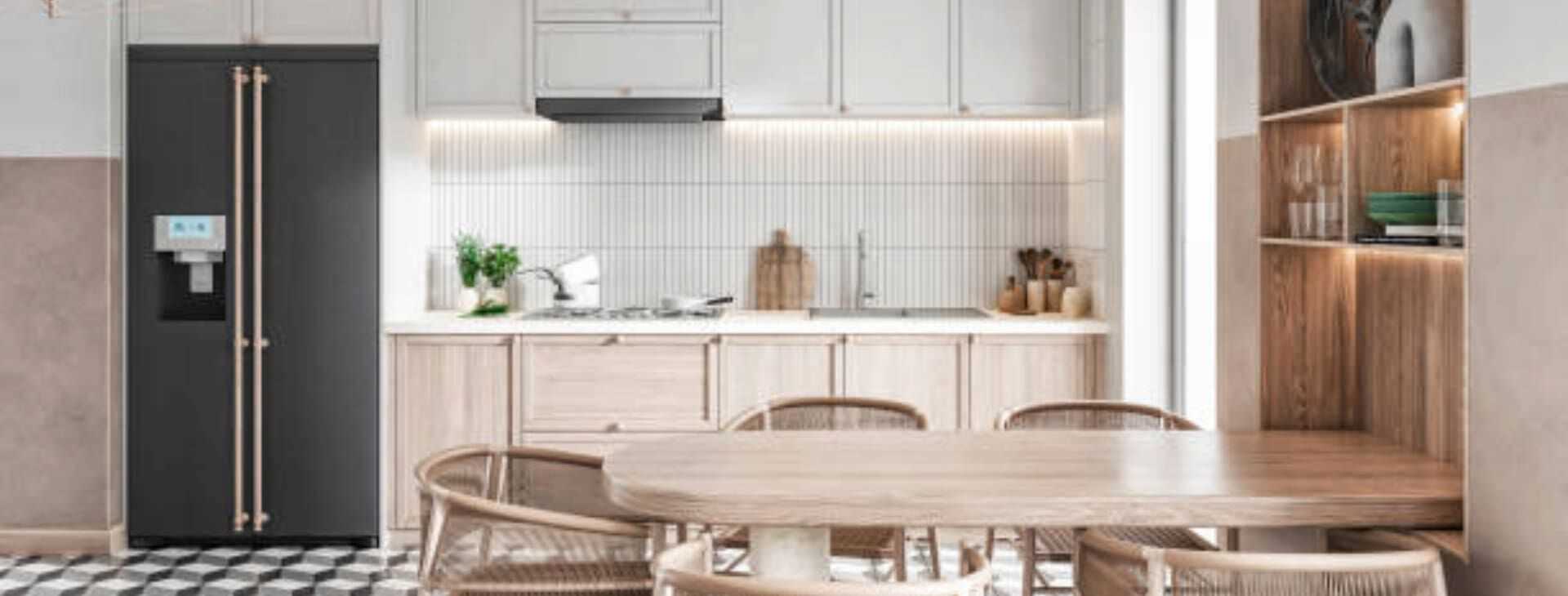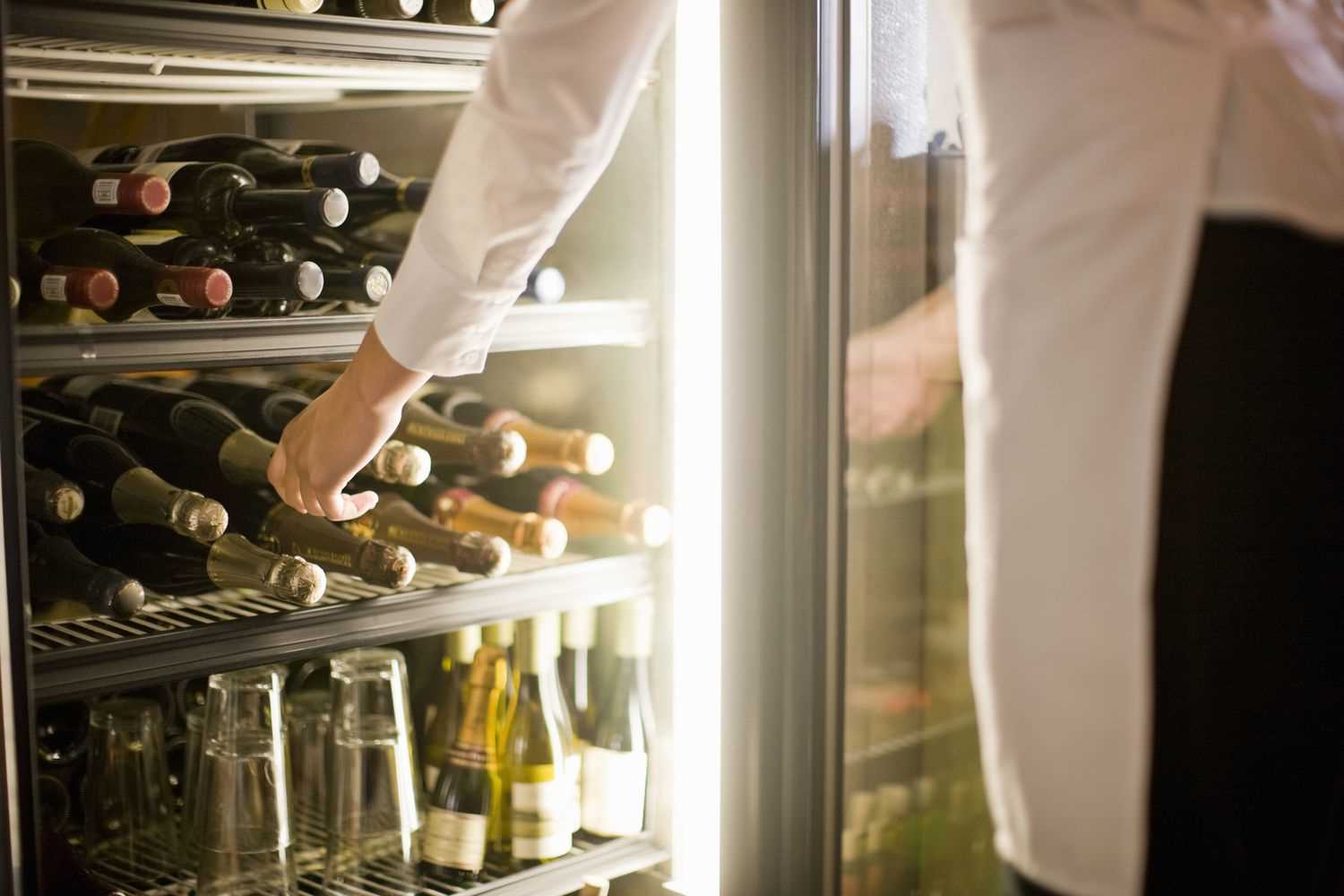



Storing a bottle of red in a cooler environment can be beneficial for specific types, especially lighter varieties and those with lower tannins. By chilling these selections slightly, it enhances their refreshing qualities and makes them more enjoyable during warmer weather.
For optimal results, aim for a temperature range of 55°F to 65°F. If a bottle has been opened, placing it in a climate-controlled space can help preserve its flavor for a few days. Use a wine stopper to limit exposure to air, which can diminish the taste over time.
While traditional wine cellars are ideal, a refrigerator is an acceptable alternative for short-term storage. Just ensure that it’s not set too low, as extreme cold can negatively affect the flavor profile. Always allow the bottle to sit at room temperature for a short period before serving to bring out its true character.
Storing Red Varietals in a Cooler Environment
While refrigeration is not the preferred method for long-term preservation, placing a bottle of crimson varietal in a cooler setting can be beneficial if it’s a short-term solution. The key is to maintain a stable temperature around 55°F to 65°F. A brief chill can enhance the freshness and fruitiness of certain styles, especially lighter-bodied types. However, avoid extended exposure to cold, as it can mute flavors and aromas.
Optimal Placement and Duration
Position bottles upright to minimize contact with corks, which can dry out in overly cold conditions. Aim for a maximum of two to three days in a cooler environment. After this period, transfer back to a more suitable storage location to preserve quality. If a bottle has been opened, it’s best to consume within a few days for optimal taste.
Understanding Flavor Profiles
Different varietals respond uniquely to lower temperatures. For example, a light-bodied Pinot Noir may thrive under brief chilling, while full-bodied options, like Cabernet Sauvignon, may suffer. Experiment with various styles to find what suits your palate best. Always trust your senses–if it tastes off, it likely is.
Understanding the Ideal Temperature for Red Wine
Optimal serving conditions for this type of beverage fall between 55°F to 65°F (13°C to 18°C). Maintaining this temperature range enhances the sensory experience, allowing flavors and aromas to develop fully.
Factors Influencing Temperature

- Type of Grape: Different varietals react uniquely to temperature. For instance, lighter reds like Pinot Noir benefit from cooler temperatures, while fuller-bodied options like Cabernet Sauvignon can tolerate slightly warmer conditions.
- Age: Matured selections may need slightly warmer settings to unveil their complexity, while younger wines perform best when chilled a bit.
- Food Pairing: Consider the meal. Serving alongside rich dishes requires a warmer pour, while lighter fare, such as poultry or seafood, suits cooler temperatures. If you’re intrigued about pairing, check out this how to cook a 9lb turkey breast in the oven.
Practical Tips for Temperature Management
- Use a thermometer to check the temperature before serving.
- Allow bottles to rest for a few minutes after retrieving from the cooler to reach the ideal serving temperature.
- Invest in a wine fridge designed for optimal temperature control.
By understanding these factors, achieving the perfect pour becomes effortless, enriching the overall enjoyment of each glass.
How Long Can You Keep Wine in the Fridge?
After opening a bottle, it can typically remain in a chilled environment for about 3 to 5 days. The exact duration depends on factors like the wine’s structure and composition. Lighter varieties with lower tannins might last closer to 3 days, while those with higher tannins or acidity can endure up to 5 days without significant loss of flavor.
Using a vacuum pump can extend freshness by removing excess air. For best results, seal the bottle tightly to minimize oxidation. Even with proper sealing, the aromatic profiles will gradually change, so it’s advisable to consume within a few days for optimal experience.
Consider secondary storage options if you plan to keep it longer. Transferring to smaller bottles can help limit air exposure. Remember, once opened, these beverages are best enjoyed fresh, so prioritize enjoyment over longevity.
Impact of Refrigeration on Flavor and Aroma
Chilling a bottle of cabernet or merlot often compromises its character. While cooler temperatures can enhance freshness, they can also mute the complex notes present in these varieties. Aromas that make each sip unique may become less pronounced, leading to a less satisfying experience.
Temperature Effects on Tannins
Low temperatures can tighten tannins, altering the mouthfeel. A wine that typically feels smooth and balanced may become overly astringent, detracting from its intended texture. This is particularly noticeable in full-bodied options, where structure plays a key role in enjoyment.
Serving Recommendations

If opting for refrigeration, limit exposure to a few hours before serving. This practice allows for a slight chill without dulling the wine’s profile. Aim for a temperature range around 55°F (13°C) for optimal enjoyment. Remember to let the bottle rest at room temperature for a short period before savoring.
Best Practices for Serving Chilled Wine
Serving a cooler varietal can enhance its refreshing qualities. Aim for temperatures between 55°F and 65°F (13°C to 18°C) for optimal enjoyment. Here are specific techniques to ensure a delightful experience:
Temperature Control
Utilize a wine thermometer to accurately gauge the temperature before pouring. If the bottle is too warm, place it in an ice bucket filled with equal parts ice and water for about 15-20 minutes. This method helps achieve the desired chill without overcooling.
Glassware Selection
Choose appropriate glassware, such as a light-bodied glass for fruit-forward varietals. The shape should allow aromas to develop while maintaining a comfortable grip. Avoid holding the bowl directly to prevent heat transfer from hands.
| Wine Type | Recommended Serving Temperature (°F) |
|---|---|
| Light-bodied Reds | 55-60 |
| Medium-bodied Reds | 60-65 |
| Full-bodied Reds | 65-70 |
Pour gently, filling each glass to about one-third full to allow for swirling, which releases aromatic compounds. Serving at the right temperature and in suitable glassware elevates the tasting experience, enhancing both flavor and aroma.
Alternatives to Fridge Storage for Red Wine
Consider a wine cellar or a dedicated wine cooler. These options maintain optimal conditions, including temperature and humidity, which are crucial for preserving the integrity of your favorite varietals. A wine cellar allows for longer-term aging, while a cooler provides flexibility for short-term storage and serving. Aim for a temperature range of 55°F to 65°F (13°C to 18°C) for best results.
If neither option is available, a dark, temperature-controlled room can also work. Ensure the space is free from direct sunlight and temperature fluctuations, which can negatively impact flavor development. The ideal location should remain between 55°F to 65°F (13°C to 18°C) as well.
Invest in a wine rack to keep bottles horizontally. This position helps maintain cork moisture, preventing it from drying out and allowing air to enter. Choosing a rack made from wood can further assist in temperature regulation compared to metal racks.
Lastly, for short-term needs, consider wrapping the bottle in a wine sleeve or an ice bucket with water and ice for a quick chill. This method is effective for immediate serving without compromising taste and aroma over time.








